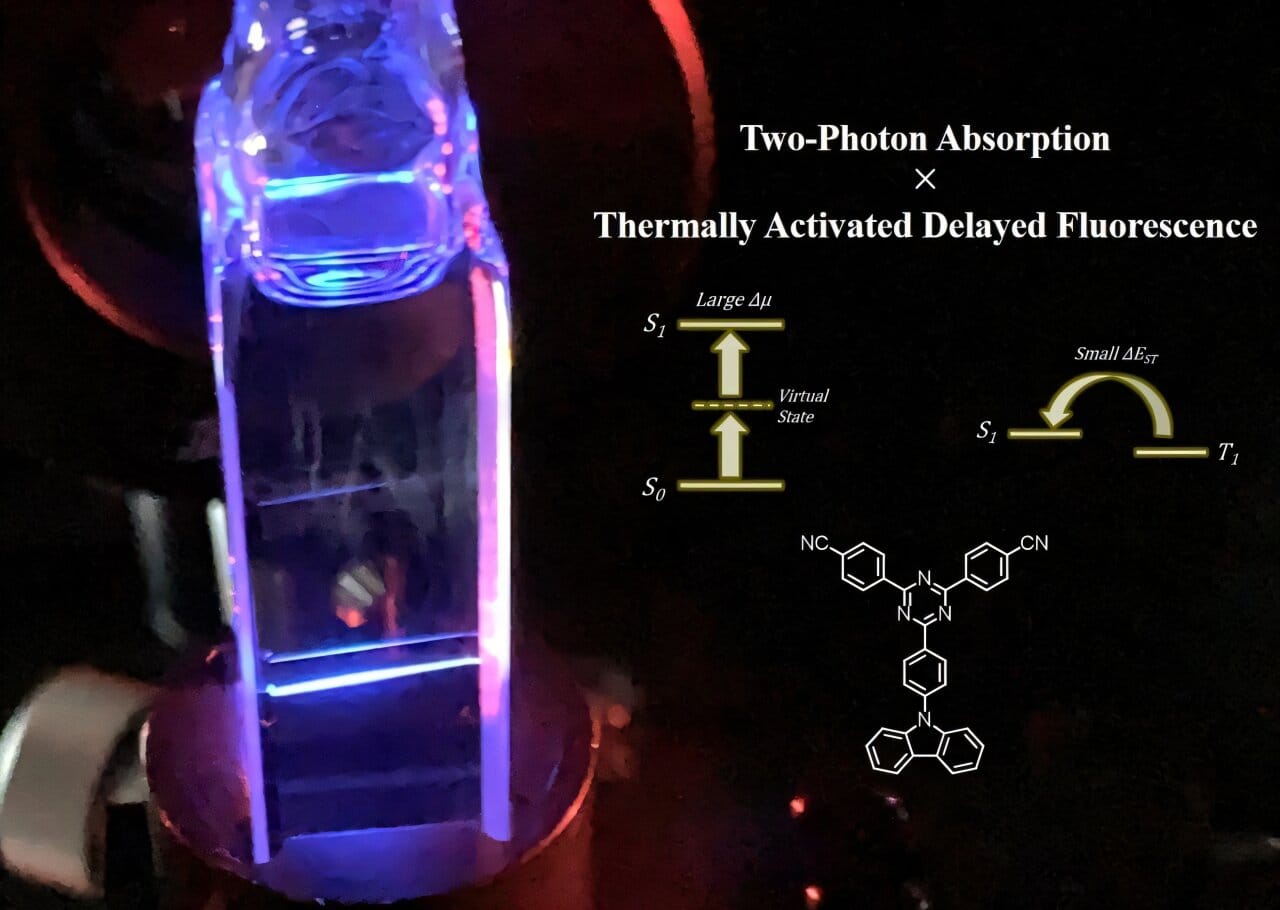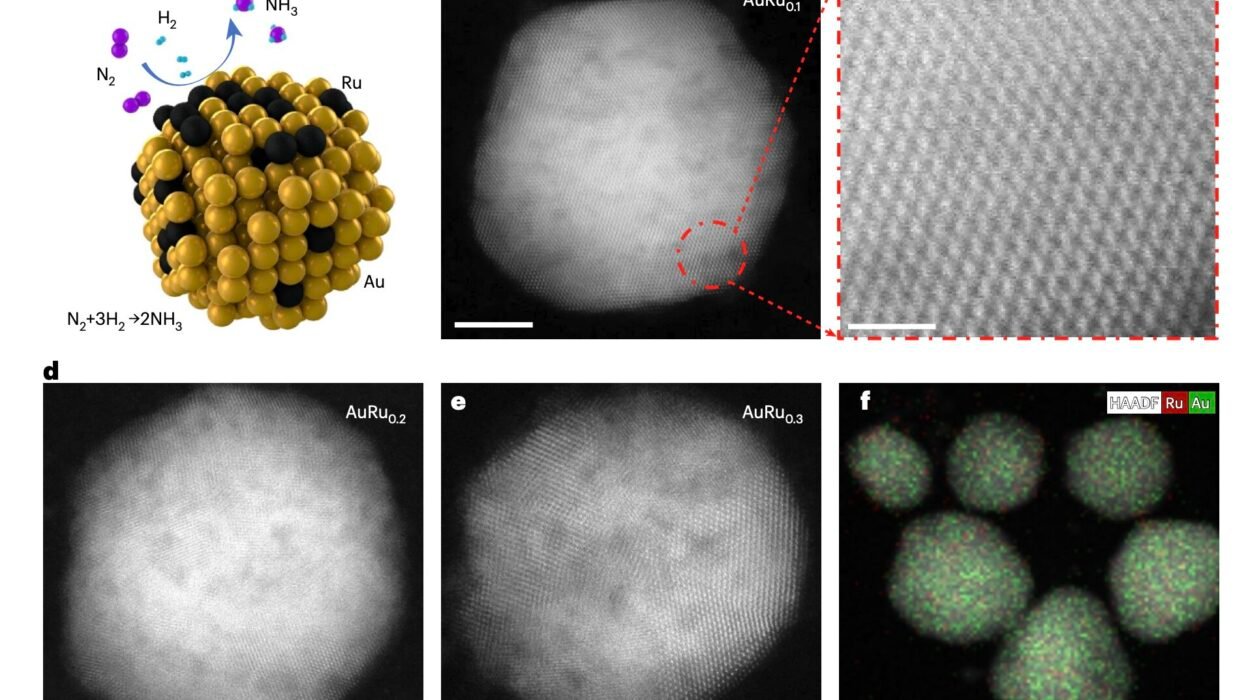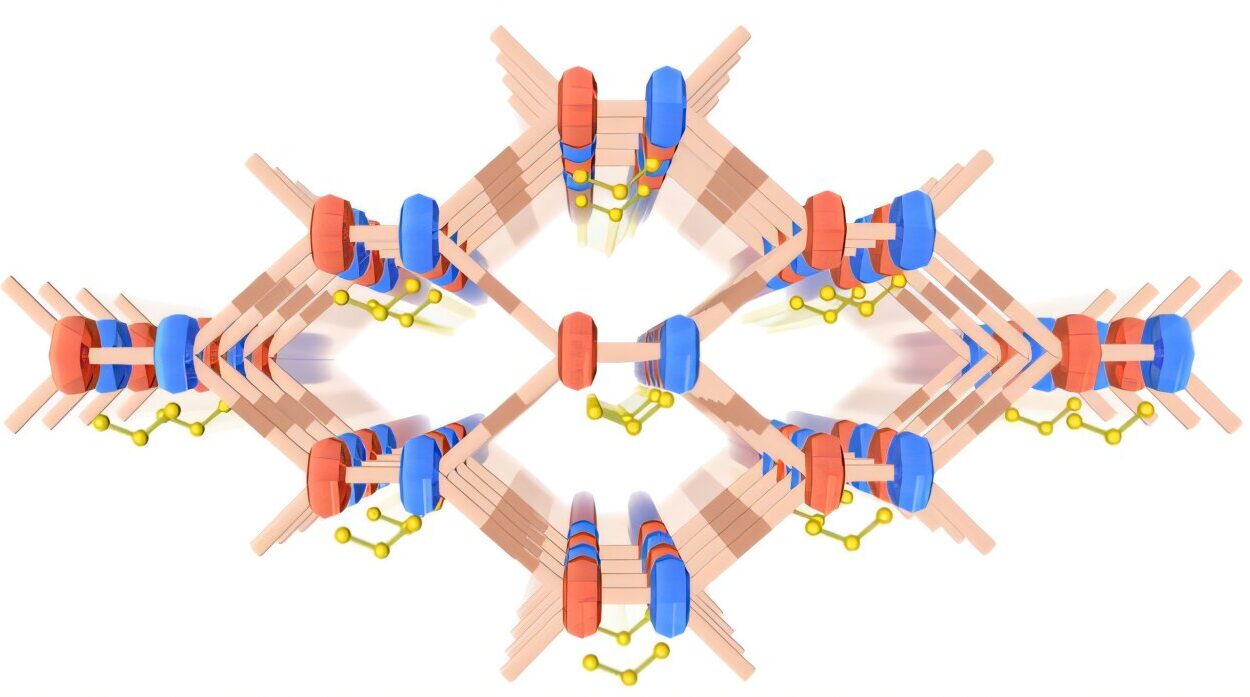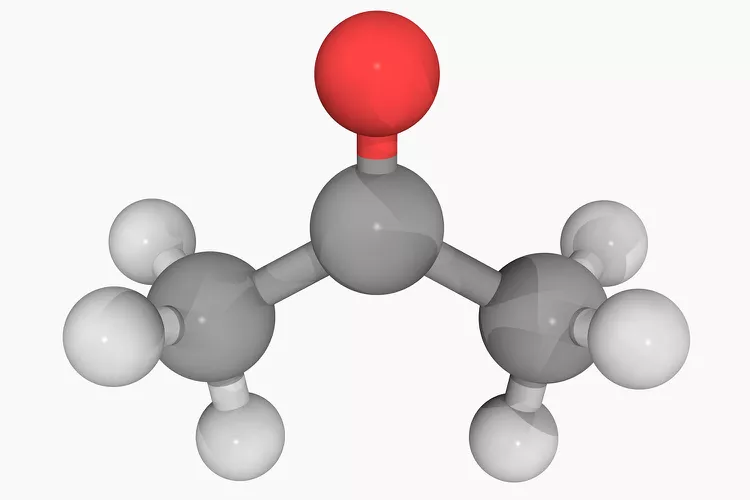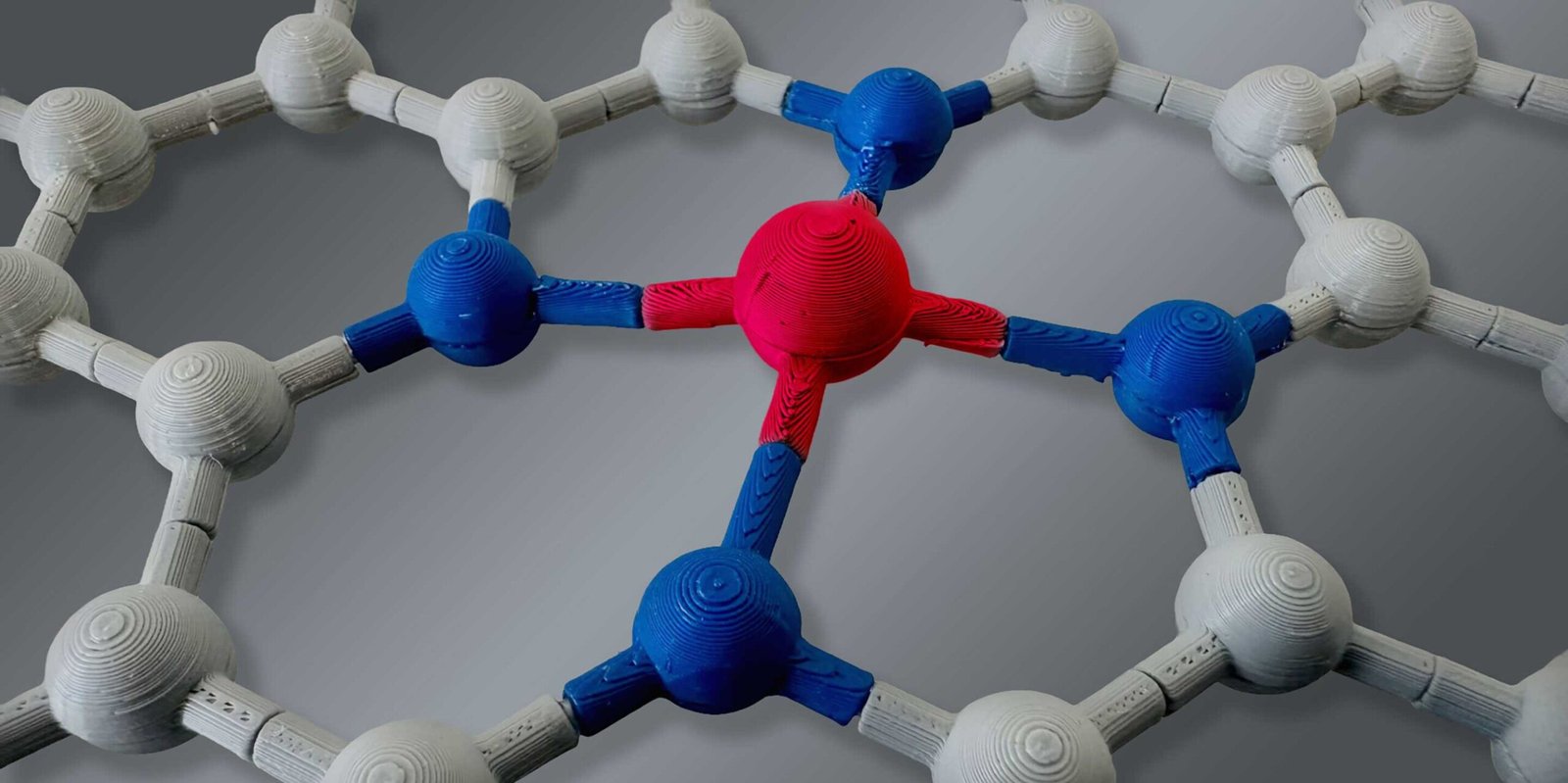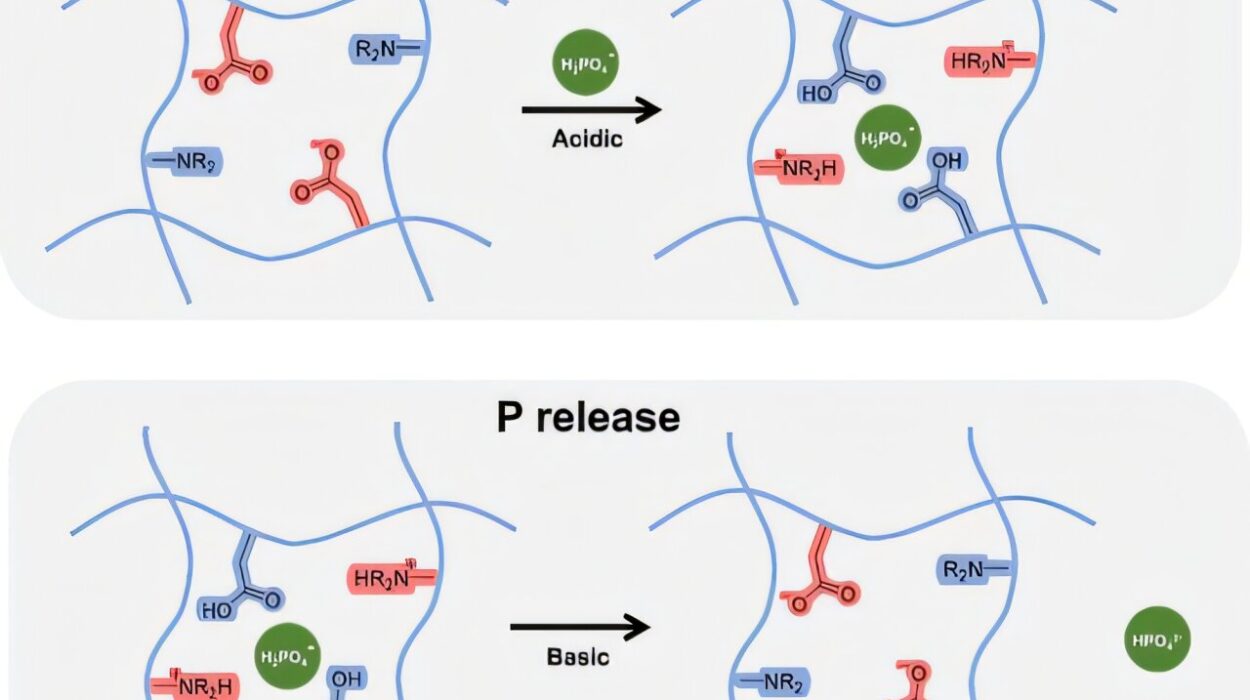In a leap that could transform both display technology and medical imaging, researchers at Kyushu University have engineered a single organic molecule that excels at two notoriously difficult tasks: emitting bright, energy-efficient light for advanced displays and absorbing light in a way that allows deep-tissue imaging inside the human body.
This rare combination addresses a challenge that has stumped scientists for decades, potentially paving the way for next-generation multifunctional materials that blur the boundaries between electronics and life sciences.
The study, conducted in collaboration with National Taipei University of Technology and National Central University, was published online in Advanced Materials on July 29, 2025.
The Science Behind the Shine
From smartphone screens to giant television panels, organic light-emitting diodes (OLEDs) have become a cornerstone of modern display and lighting systems. One of the most promising ways to boost OLED efficiency is a process called thermally activated delayed fluorescence (TADF).
TADF is a clever trick in which energy that would normally be lost as heat — trapped in a “triplet” state — is instead converted into light. This is done by using gentle warmth from the environment to push the energy into a “singlet” state, where it can radiate as visible light. The result? Brighter displays that use less electricity.
But there’s another frontier where light matters: the human body. In biomedical imaging, researchers often want to see deep into tissues without causing damage. One powerful approach is two-photon absorption (2PA). In this process, a molecule absorbs two low-energy photons — typically in the near-infrared range — at the same time. These photons can penetrate far into tissues with minimal scattering, and because only the exact point of laser focus gets excited, healthy cells outside the imaging area remain unharmed.
A Decades-Old Design Dilemma
Individually, TADF and 2PA are well-studied and valuable. But combining them in a single molecule? That has been an unsolved puzzle. The problem lies in their opposite structural needs.
For strong TADF, a molecule’s structure must be twisted, which helps separate the electron orbitals and makes energy conversion easier. But for strong 2PA, a molecule must be planar, with electron orbitals overlapping enough to soak up two photons at once.
It’s a bit like trying to design a single shoe that’s perfect for both sprinting and mountain climbing — the design features for one goal often hurt the other.
The Molecular “Switch” That Changed Everything
Dr. Youhei Chitose, Assistant Professor at Kyushu University’s Graduate School of Engineering and lead author of the study, decided to challenge the dogma.
“Recognizing that these two functions have complementary advantages but conflicting molecular requirements, I was motivated to design a material that could harmonize both,” Chitose explained.
The team’s answer was CzTRZCN, a specially crafted molecule built like a switchable machine. At its core, it links an electron-rich carbazole (Cz) with an electron-deficient triazine (TRZ). Then, to fine-tune how electrons distribute themselves, they added cyano (CN) groups, which pull electrons toward them.
Here’s the magic: during light absorption, CzTRZCN’s structure maintains enough overlap between its electron orbitals to excel at two-photon absorption. But once it’s excited, the molecule subtly shifts shape — separating these orbitals just enough to produce TADF efficiently.
Record-Setting Performance
The proof came from both theoretical modeling and lab experiments. When used in an OLED device, CzTRZCN achieved an external quantum efficiency of 13.5% — a record for triazine-based TADF materials. At the same time, it boasted a high 2PA cross-section, meaning it’s unusually good at absorbing two photons at once, and produced bright fluorescence suitable for medical imaging.
Crucially, CzTRZCN is metal-free, low in toxicity, and highly biocompatible, making it a promising candidate for real-world medical probes. “This makes it ideal for use in precise cancer and neurological diagnostics, especially through time-resolved fluorescence microscopy,” said Chitose.
A New Bridge Between Technology and Medicine
The implications go far beyond one molecule. The team’s design strategy — crafting molecules that behave differently when absorbing versus emitting light — could be applied to a wide range of new materials.
For medicine, this could mean better tools for in vivo imaging and targeted diagnostics. For technology, it could lead to displays that are brighter, more energy-efficient, and even capable of integrating bio-sensing capabilities.
“Moving forward, we aim to expand this molecular design approach to cover a broader range of emission wavelengths,” Chitose noted. “We also plan to collaborate with biomedical and device engineers to explore applications in wearable sensors, imaging tools, and next-generation OLEDs.”
Lighting the Future, Inside and Out
From dazzling the eyes with vivid color on a screen to peering deep inside living tissue without harm, CzTRZCN represents a remarkable fusion of science and imagination. It’s a reminder that in materials science, as in life, sometimes the greatest breakthroughs happen when we refuse to choose between one dream and another — and instead, find a way to have both.
More information: Youhei Chitose et al, Unlocking Dual Functionality in Triazine‐Based Emitters: Synergistic Enhancement of Two‐Photon Absorption and TADF‐OLED Performance with Electron‐Withdrawing Substituents, Advanced Materials (2025). DOI: 10.1002/adma.202509857
